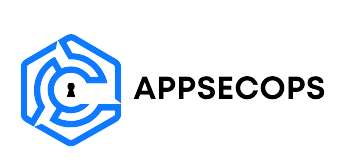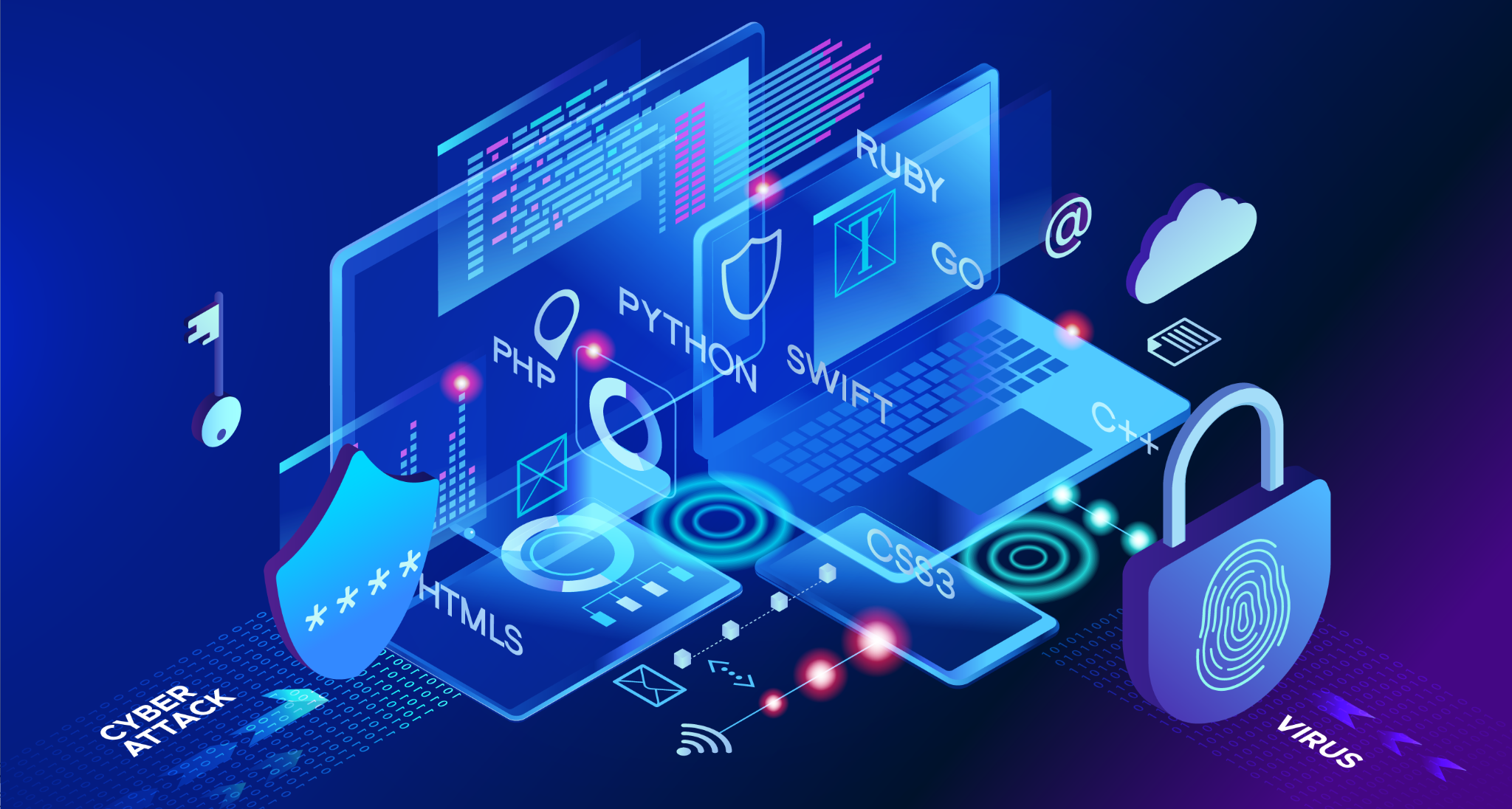As organizations increasingly adopt cloud-native architectures to achieve scalability, flexibility, and efficiency, the need for robust security measures has never been greater. However, securing cloud-native environments presents unique challenges, given the dynamic and distributed nature of these systems. This is where AppSecOps — the integration of application security within DevOps workflows — plays a pivotal role in ensuring comprehensive security for cloud-first development. In this blog, we’ll delve into the challenges of cloud-native security, the benefits of continuous monitoring and automation, and how AppSecOps frameworks are evolving to secure containers, Kubernetes, and serverless environments.
The Unique Challenges of Cloud-Native Security?
Cloud-native applications leverage modern technologies like containers, microservices, Kubernetes, and serverless computing to enhance development and operational efficiency. However, these benefits come with unique security challenges, such as:
Increased Attack Surface:
With microservices running across distributed environments, the attack surface expands significantly. Each service, API, and container represents a potential entry point for attackers.Dynamic and Ephemeral Workloads:
Containers and serverless functions are highly ephemeral, often lasting for mere seconds or minutes. This makes traditional security approaches, which rely on fixed infrastructures, ineffective.Misconfigurations and Vulnerabilities:
Cloud-native environments often rely on complex configurations. Misconfigured Kubernetes clusters, insecure container images, or improper access controls can expose organizations to risks.Third-Party Dependencies:
The reliance on open-source libraries and third-party integrations introduces vulnerabilities that could be exploited if not properly managed.Lack of Visibility and Monitoring:
The distributed and dynamic nature of cloud-native systems makes it challenging to gain visibility into all components, leading to potential blind spots in security monitoring.
Securing Containers, Kubernetes and Serverless Environments:
AppSecOps provides an integrated approach to addressing these challenges by embedding security directly into the development and deployment pipelines. Here’s how it helps secure specific cloud-native components:
1. Securing Containers:
Containers are the building blocks of cloud-native applications. Securing them involves:
- Scanning Container Images: Using automated tools to identify vulnerabilities in container images before deployment.
- Runtime Security: Monitoring containers for suspicious behaviors, such as unauthorized processes or unexpected changes.
- Immutable Infrastructure: Ensuring containers are not modified after deployment by implementing immutable infrastructure practices.
2. Protecting Kubernetes Clusters:
Kubernetes, the orchestration platform for containers, is a critical component of cloud-native security. Best practices include:
- Role-Based Access Control (RBAC): Restricting access to cluster resources based on roles and responsibilities.
- Securing APIs: Protecting Kubernetes APIs with strong authentication and encryption mechanisms.
- Network Policies: Implementing network segmentation to limit communication between pods and services to only what is necessary.
3. Strengthening Serverless Security:
Serverless computing eliminates the need for managing infrastructure but introduces new security risks, such as:
- Function Permissions: Assigning least privilege permissions to serverless functions to minimize the impact of potential exploits.
- Input Validation: Ensuring all inputs to serverless functions are validated to prevent injection attacks.
- Secure Dependencies: Continuously monitoring third-party libraries and dependencies used by serverless functions for vulnerabilities.
The Benefits of AppSecOps in Cloud-Native Security?
By integrating AppSecOps into cloud-native development, organizations can achieve:
- Enhanced Agility: Security measures are integrated seamlessly into development workflows, enabling rapid delivery without compromising security.
- Reduced Costs: Early identification and remediation of vulnerabilities minimize the costs associated with post-deployment fixes or breaches.
- Improved Compliance: Automated enforcement of security policies ensures adherence to industry regulations and standards.
- Stronger Security Posture: Continuous monitoring, automation, and real-time threat detection help organizations stay ahead of evolving cyber threats.
Conclusion:
The adoption of cloud-native technologies has revolutionized the way organizations build and deploy applications, but it has also introduced new security challenges. AppSecOps provides a comprehensive framework for addressing these challenges by embedding security into every stage of the development and deployment process. By leveraging AppSecOps to secure containers, Kubernetes, and serverless environments — while embracing continuous monitoring and automation — organizations can build resilient, secure, and compliant cloud-native applications that are ready to meet the demands of today’s fast-paced digital world.










